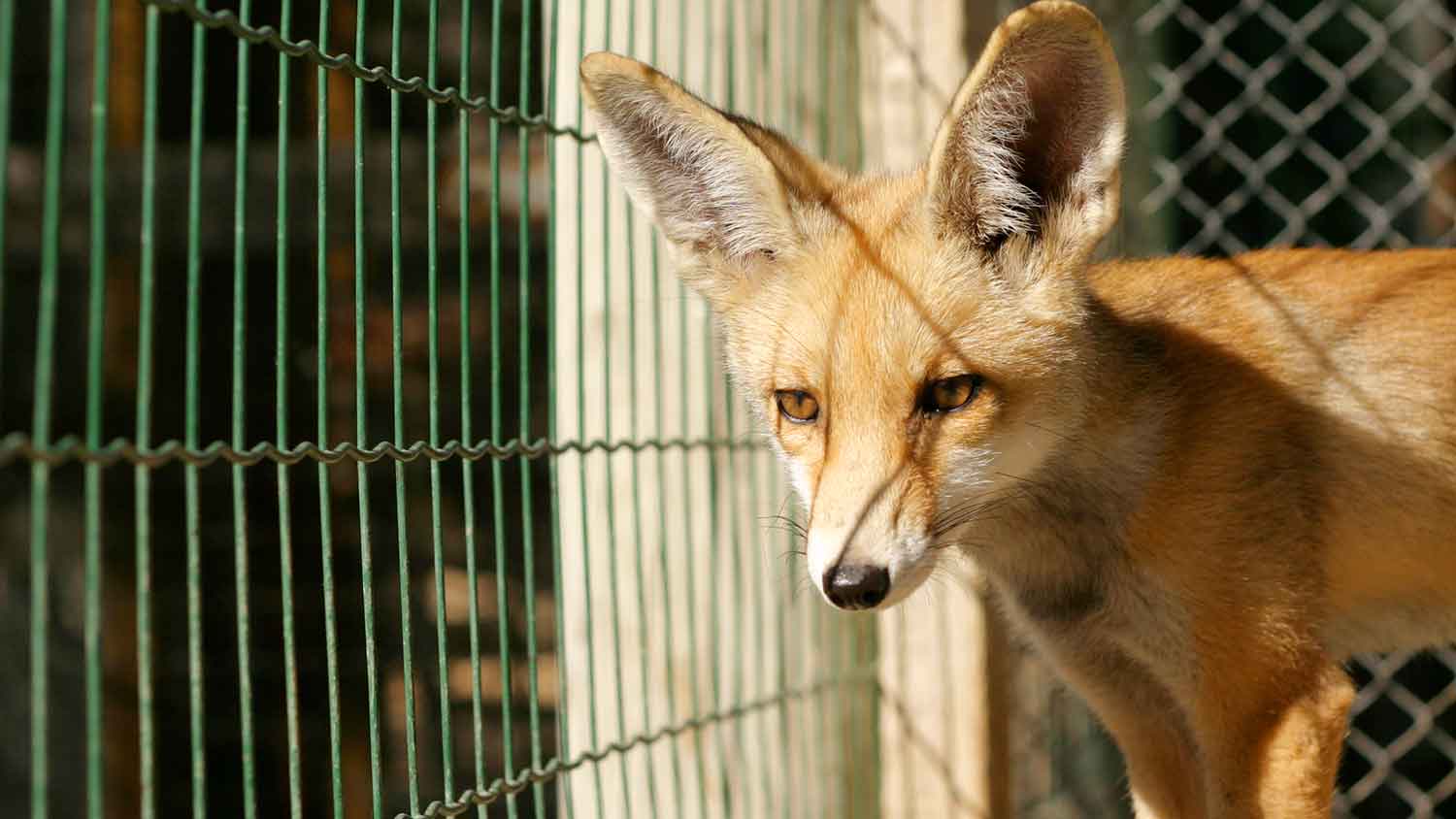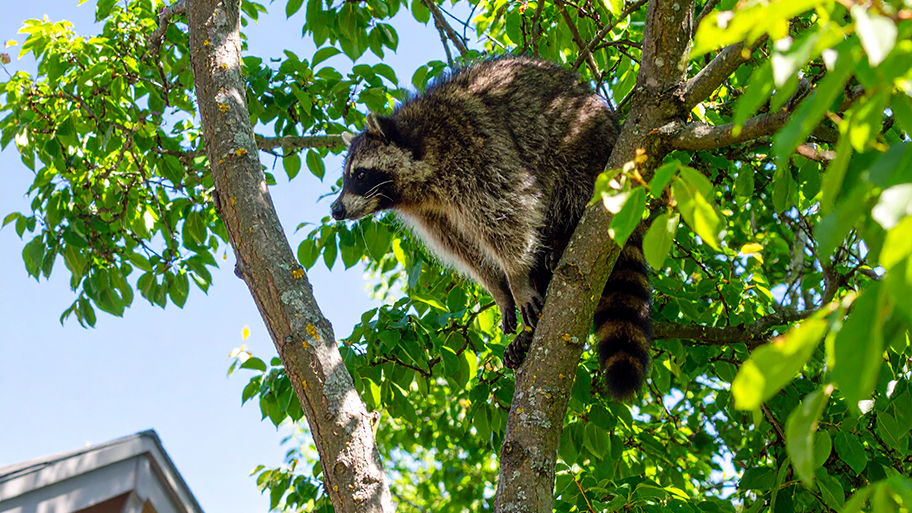
The cost to remove a groundhog can vary depending on where you live and whether you do it yourself or hire a professional. We’ll help you figure out the true cost of groundhog removal, along with strategies for humane trapping and release.
Outsmarting a clever fox is no easy feat


Foxes can be both helpful and harmful. While they naturally control pests and rodents, they also pose health risks by carrying diseases like rabies and mange. Additionally, they can damage lawns and gardens and may even threaten small pets. If you're dealing with these sly creatures, here's who to call for fox removal.

When considering how to get rid of foxes, a local wildlife control service is your best option. These pros have the expertise, equipment, and knowledge of local regulations to handle the situation promptly and humanely. Costs for wildlife removal can vary, ranging from $190 to $610 in most cases, but expect to pay about $350 to remove one fox.
We advise against attempting to remove foxes on your own. While they avoid people, foxes may attack if they have rabies or feel threatened during capture, and their bites and scratches can carry diseases.
Additionally, in many states, it's illegal for homeowners to trap and relocate wildlife. Remember, experts are better equipped to handle the situation safely, humanely, and legally, and they can also offer guidance on preventing these animals from returning.
Trapped animals can be dangerous, no matter their size. Do not attempt to handle them—call in a pro for safe removal instead.
Local animal control, operated by city or county governments, can assist with fox removal, often free of charge and following strict legal guidelines to ensure safety. However, these services have their limitations. With limited resources and a focus on emergencies, don't expect quick response times.
They may also be selective in the types of wildlife they handle, which means foxes might not be on their list. Animal control doesn't offer preventive solutions, leaving homeowners to manage potential future fox problems independently, whereas a wildlife control service will give you tips on how to prevent animals from digging in your yard and may even implement exclusion practices to keep critters out.
Wildlife control professionals are authorized to trap and relocate problematic wildlife, including foxes, if they pose a risk to public safety or cause property damage. In places where relocation is illegal, professionals work closely with homeowners to identify and implement the best fox deterrents.
After removing the foxes, many wildlife pros will help you keep foxes away by removing attractions like unsecured garbage bins and outdoor pet food. Next, they focus on establishing physical barriers, such as sturdy fences with sections buried underground to prevent digging. These fences, ideally over 6 feet tall and reinforced with mesh, are effective deterrents for many animals.
Professionals also eliminate potential shelters by clearing out woodpiles, overgrown vegetation, or unused sheds. They advise regular maintenance, such as trimming plants, to make your property less inviting, ensuring foxes won't want to stick around.
From average costs to expert advice, get all the answers you need to get your job done.

The cost to remove a groundhog can vary depending on where you live and whether you do it yourself or hire a professional. We’ll help you figure out the true cost of groundhog removal, along with strategies for humane trapping and release.

When budgeting for possum removal costs, consider number of animals, location, method of removal, and whether you do it yourself or hire a professional.

When calculating wildlife removal costs, you’ll need to consider the type, size, and amount of animals. Our guide will show you the wildlife removal cost.

Woodchucks can be a pain to get rid of, but they are possible to control. Learn how to keep woodchucks away safely and effectively with this guide.

Tired of raccoons raiding your garbage can or taking up residence in your attic or crawlspace? Check out this list of the best raccoon baits to find the foods that will help you trap these pesky creatures so you can relocate them.

A few grubs are normal, but many grubs can quickly damage a healthy lawn. Look for these seven signs of grubs in a lawn, plus follow our tips for grub removal.